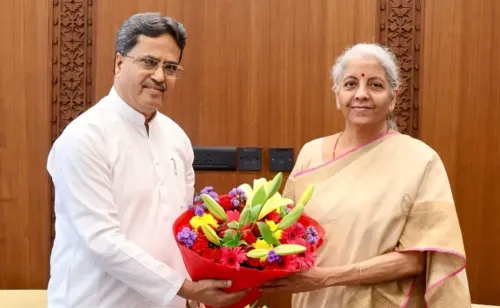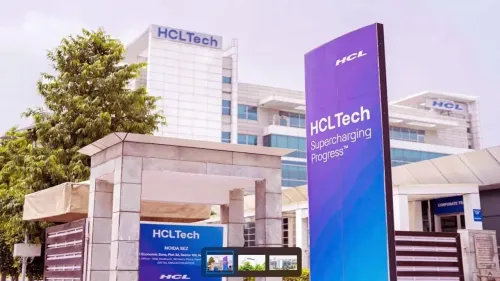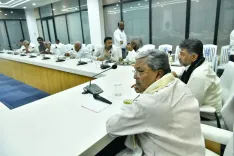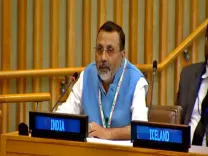Is CEA's Rs 6.4 Lakh Crore Green Plan Enough to Evacuate Hydropower from Brahmaputra?
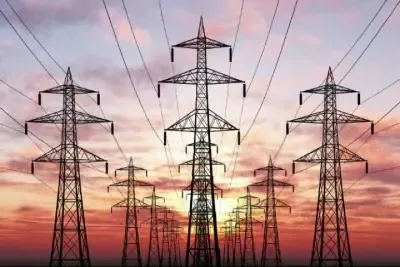
Synopsis
Key Takeaways
- Rs 6.4 lakh crore investment for hydroelectric power evacuation.
- 76 GW capacity targeted from Brahmaputra projects by 2047.
- 208 hydro projects across northeast India.
- Addressing energy demands and reducing fossil fuel dependence.
- Strategic response to China's Brahmaputra dam concerns.
New Delhi, Oct 13 (NationPress) – The Central Electricity Authority of India has formulated an extensive plan amounting to Rs 6.4 lakh crore aimed at constructing a vast network of transmission lines. This initiative is designed to facilitate the evacuation of over 76 gigawatts of hydroelectric power generated from projects along the Brahmaputra river by the year 2047. This effort is vital to satisfy the nation’s energy requirements while simultaneously decreasing reliance on fossil fuels such as coal.
According to a report published on Monday, this ambitious plan encompasses a total of 208 large hydro projects distributed across 12 sub-basins in the northeastern region, which collectively have a potential capacity of 64.9 GW, along with an extra 11.1 GW sourced from pumped-storage facilities.
The Brahmaputra, which begins in Tibet and flows through states including Arunachal Pradesh, Assam, Sikkim, Mizoram, Meghalaya, Manipur, Nagaland, and West Bengal, is home to over 80% of India’s unused hydro capacity, with Arunachal Pradesh alone contributing 52.2 GW, as noted in the report.
The first phase of this initiative, slated for completion by 2035, is estimated to require Rs 1.91 lakh crore, while the second phase will demand Rs 4.52 lakh crore, based on the CEA's projections.
This extensive plan involves adding more than 31,000 circuit kilometers of transmission lines, establishing 68 gigavolt-amperes (GVA) of transformation capacity, and constructing 42 GW of high-voltage direct current (HVDC) transmission capability.
The CEA's strategy includes allocations for projects managed by central public sector entities such as NHPC, NEEPCO, and SJVN, with several projects already underway.
India is on a mission to diminish its reliance on fossil fuels by achieving a target of 500 GW of non-fossil energy generation capacity by 2030 and aims to attain net zero emissions by 2070.
This project is pivotal for India, as it strives to meet the increasing electricity demands and transition away from fossil fuels. Additionally, it addresses the strategic threats posed by China's construction of a mega-dam on the Brahmaputra, which could negatively affect downstream water flow in India.
China's significant hydro project on the Brahmaputra has raised serious concerns for both India and Bangladesh. The upstream dam has sparked fears that China could manipulate or redirect water flow, potentially diminishing dry-season river flows in India.
The CEA's initiative for the Indian segment of the river serves as a strategic countermeasure, showcasing the nation's commitment to capitalizing on its own hydro resources and affirming its water rights. This undertaking is also crucial for meeting India’s renewable energy objectives.


